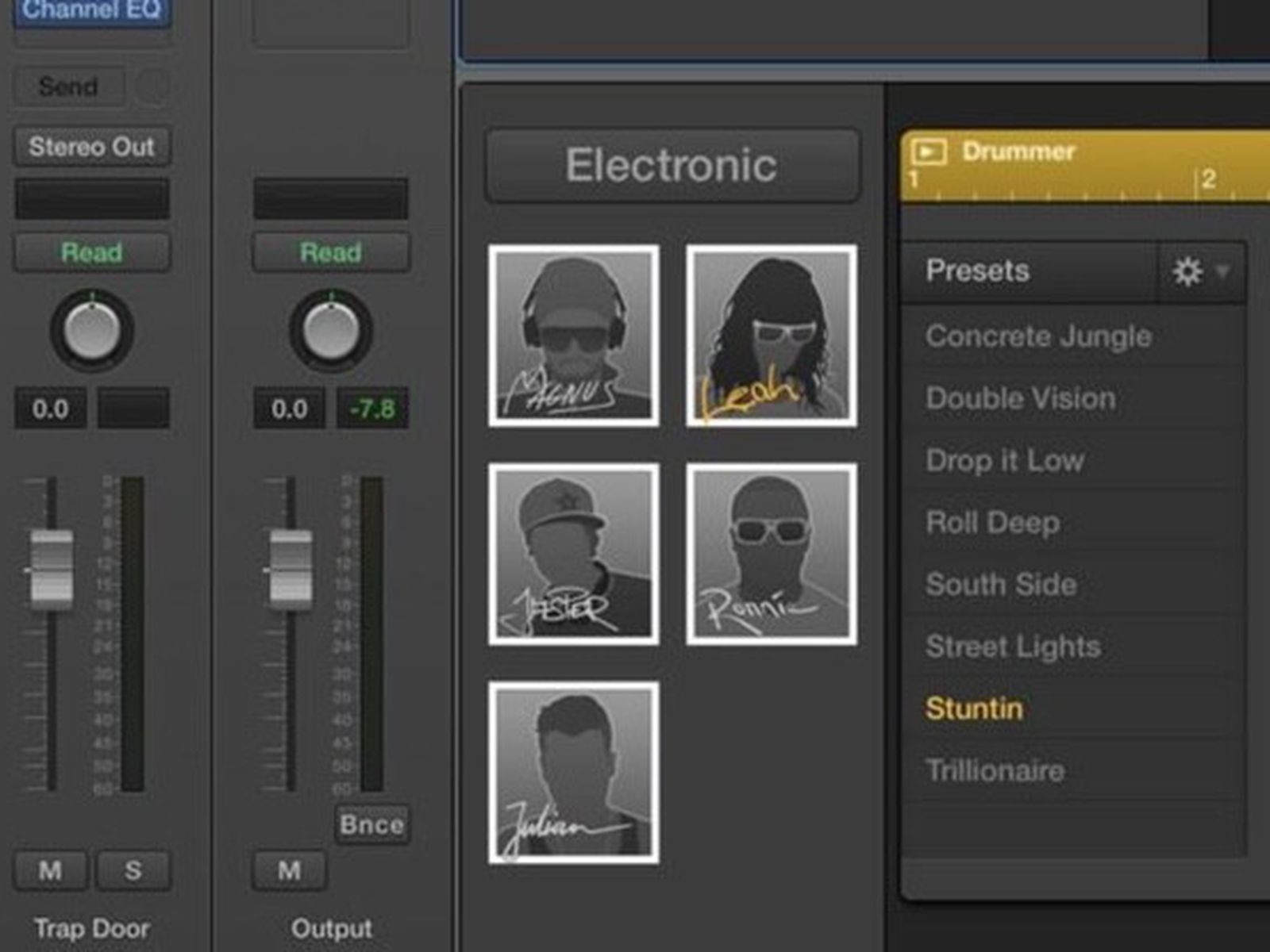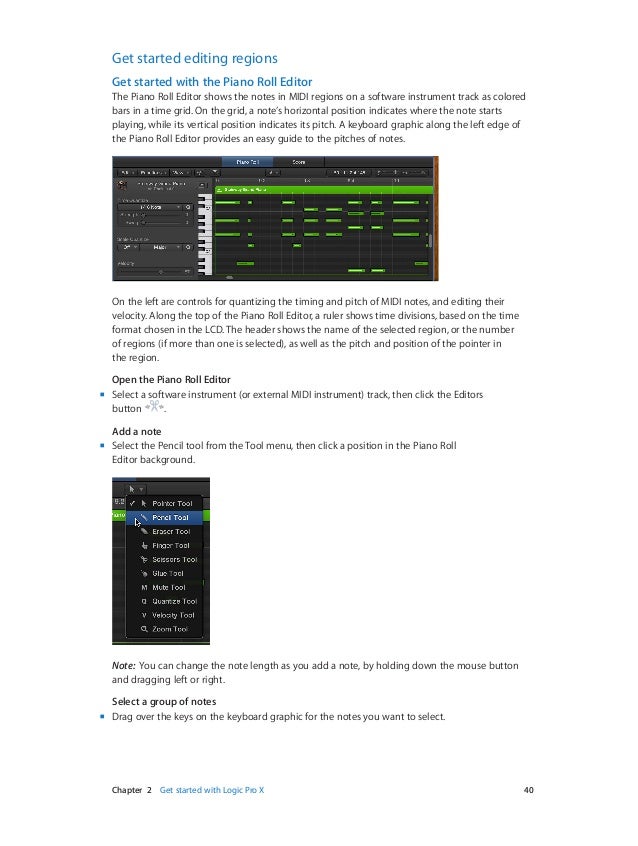


The sound uses just a single oscillator, set to either a Square or Sawtooth waveform, which is shaped by a resonant low-pass filter. Replicating the sound of a TB-303 using Retro Synth requires little more than a few tweaks to the basic preset. Replicating the classic TB-303 sound, therefore, requires both an understanding of its synthesis architecture and the unique features of its step sequencer.

For the uninitiated, the Roland TB-303 was originally designed as a ‘budget’ combination of step sequencer and synthesiser, with a relatively simple control set that lent the unit an instantly recognisable sound. We’re going to explore the process of step sequencing by recreating the sound and performance of a TB-303. At its heart, of course, a step sequencer negates the need to be a proficient keyboard player – simply enter the pitch of each step, press play and enjoy a fast-moving, mechanically precise synth line! In Logic Pro X, you’ll find many ways to explore step sequencing, fusing synthesis and music creation in an exciting and dynamic way. The humble step sequencer has proved itself to be an integral part of the world of electronic music, from the chugging modular Moogs of Tangerine Dream in the 1970s, through to the squelchy TB-303 sequencer lines that are still popular today.


 0 kommentar(er)
0 kommentar(er)
